- Home
- slideshows
- miscellaneous
- Distressing photos show glaciers that are disappearing or on the brink of collapse around the world
Distressing photos show glaciers that are disappearing or on the brink of collapse around the world
The last remnants of the ice age, glaciers are huge masses of ice that move over land. There are two types: The first is alpine glaciers, which are found on mountains in every continent, except Australia, and the second is ice sheets, which cover places like Greenland and Antarctica.

According to Antarctic Glaciers, a group that explains glacier science, about 198,000 glaciers cover 450,000 square miles across the globe. Glacial ice covers 10% of the land area on Earth.
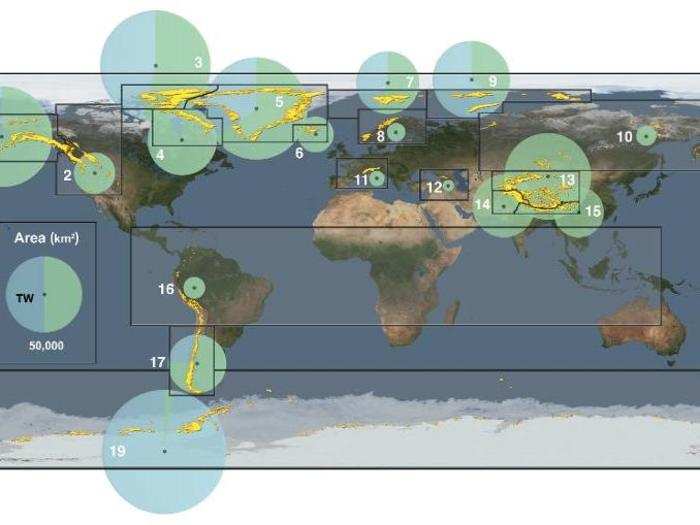
Glaciers form from snow falling and piling up. If it doesn't melt, but instead compresses until it becomes hard and granular. This hardened snow is called "firn." As more and more snow falls, it gets even more compact. After years of snowfall, when it gets to about 160 feet, the firn fuses and becomes a block of ice.
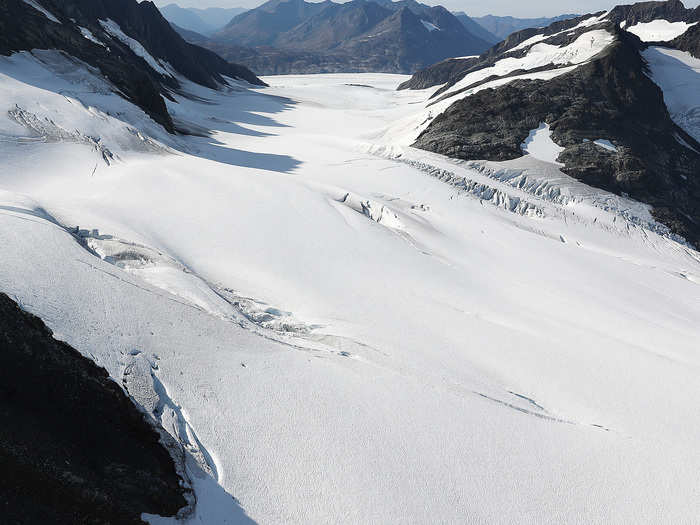
Source: National Geographic
At this point, the glacier can begin to move, helped along by meltwater underneath. But the whole mass doesn't slide at a uniform speed, causing cracks known as crevasses.
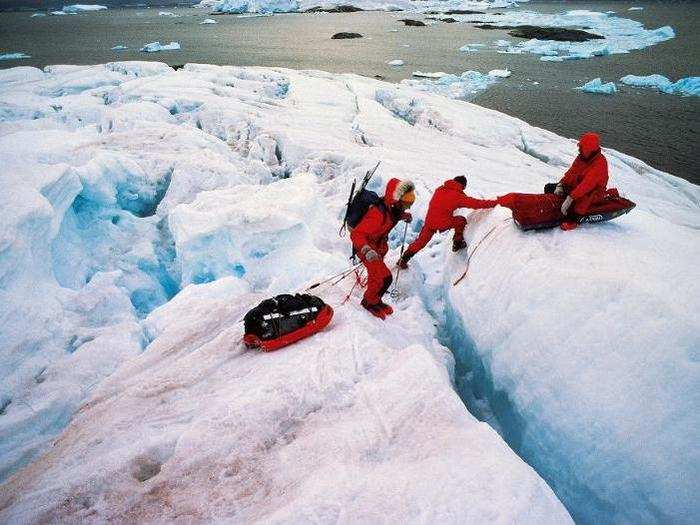
Source: National Geographic
Scientists began monitoring glaciers over 100 years ago, and formed the International Commission of Snow and Ice in 1894. While scientists have inventoried more than 100,000 glaciers, they've only been studying about 40 of them long enough to do climate change studies.
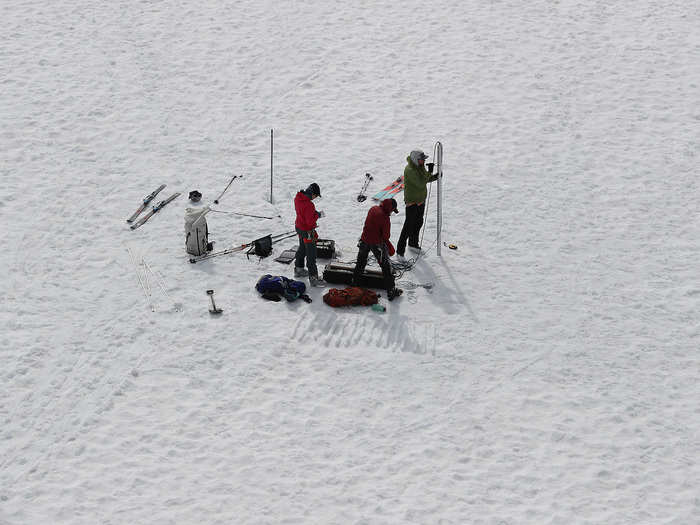
Mauri Pelto, a glaciologist and the US representative for world glacier monitoring, has been studying glaciers for 36 years. He told Business Insider a lot has changed in that time — 20 years ago it was barely a news topic. But melting has accelerated.
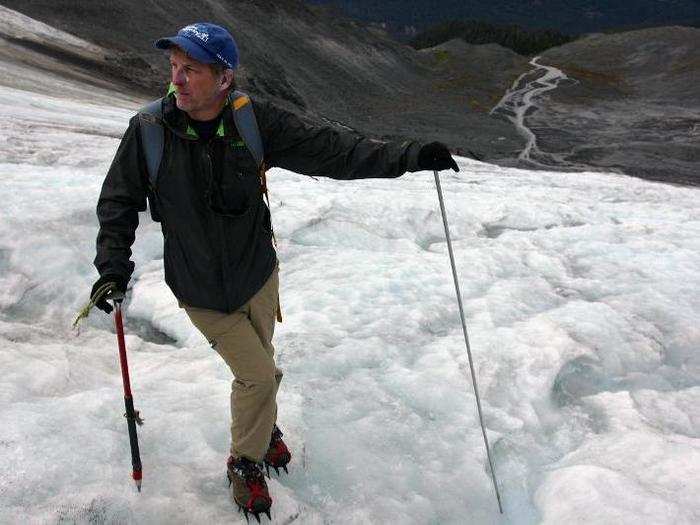
Glaciers made international headlines in September 2019, when a 250,000-cubic-meter chunk of ice from Planpincieux Glacier on Mont Blanc threatened the Italian town of Courmeyeur at its base.
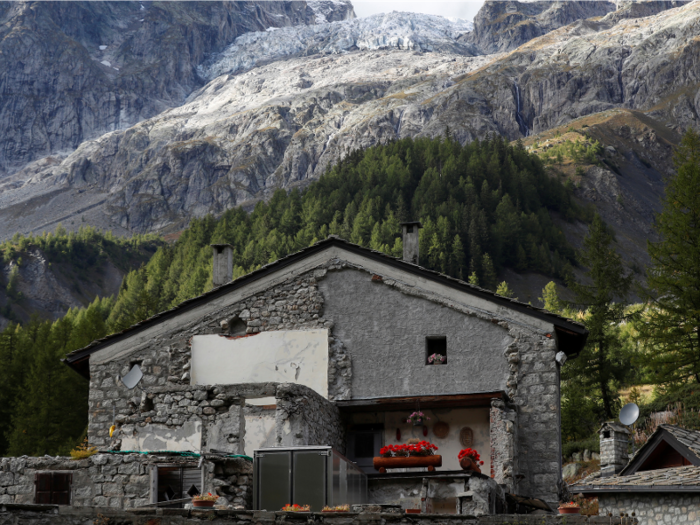
Source: The Guardian, The Independent
The glacier is 512 square miles. While no homes, or people, were in danger, the local mayor was forced to close a road. If it had collapsed, it would have hit the valley in 80 seconds.
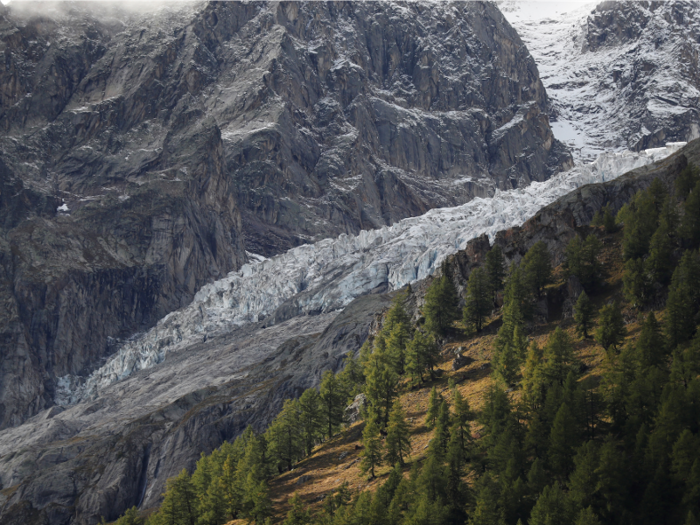
Sources: The Guardian, The Independent
Italian leader Giuseppe Conte said the rapidly melting glacier was "an alarm" that could no longer be ignored. It helped that the glacier's threat was publicized during the UN general assembly in New York.

Source: CBS News
According to World Heritage, glaciers are more than passive climate indicators. They're an essential part of ecosystems, and play a role in the global climate and sea levels.

Source: World Heritage Glaciers
And it's pretty clear that they're melting. An Environmental Protection Agency graph shows the trend of glacier mass between 1945 and 2015.
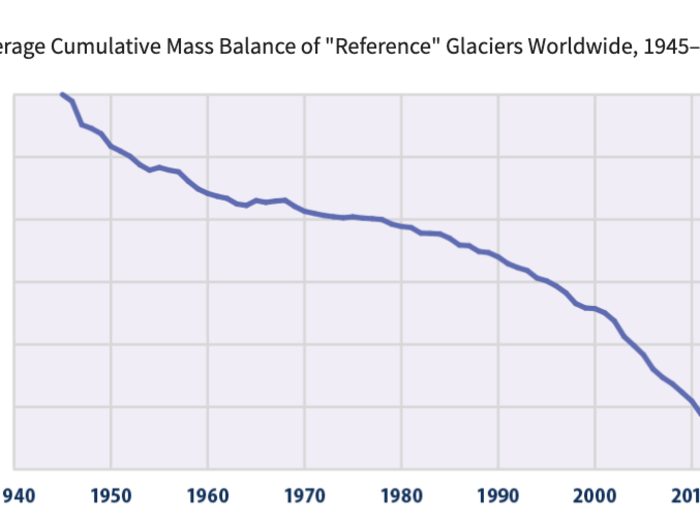
Pelto said the easiest way to explain whether a glacier had a future was to see if it had any "income." If a glacier doesn't retain any snow on top of it at the end of the summer, it'll disappear. "You don't look at how fast it's retreating, you ask, 'did it retain any snowpack'," he said.
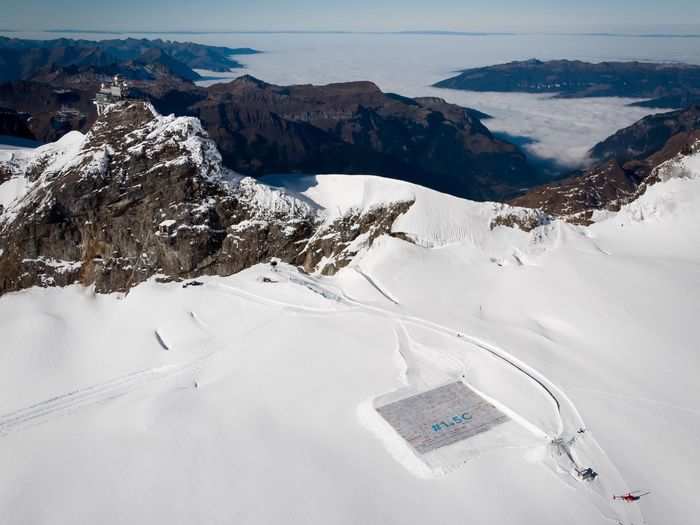
He told Business Insider, "I've watched five glaciers that I visited annually disappear, and that's not even the most alarming thing." It was the number of new alpine lakes that he found to be the most concerning.
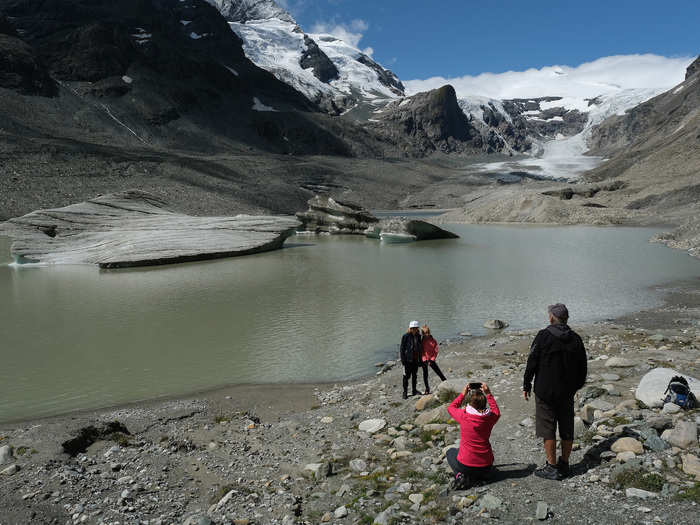
According to USGC scientist Caitlyn Florentine, who studies glaciers in North America, the first glaciers to go will be the small ones at low elevations, or in regions where snowfall becomes rain in the near future, due to a warming climate.
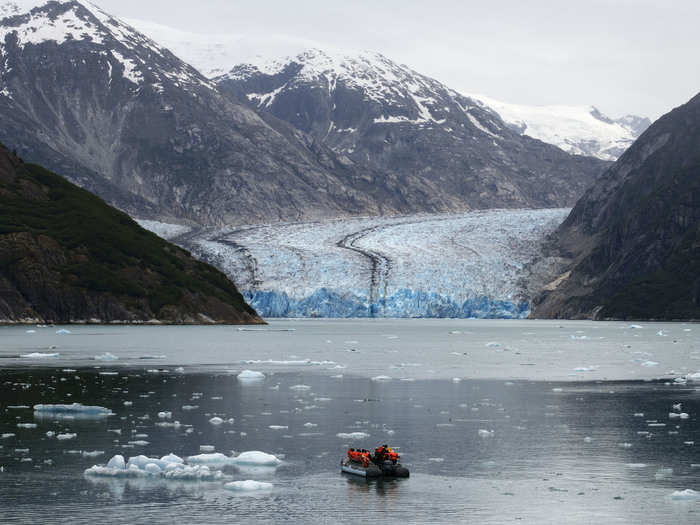
Florentine said one of the best ways to understand the vulnerability of disappearing glaciers is to look at the effects of their melting. There are three main prongs — the ecological consequences, the increase in global sea levels, and the impact on water resources.
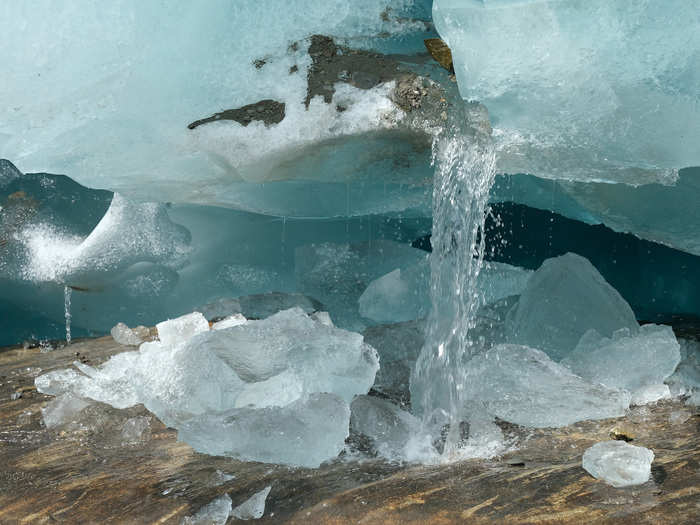
An ecological consequence, for example, could be the effect glacial melt could have on salmon populations. Here, fisherman in Alaska try to catch silver salmon with the Knik glacier out in front of them.
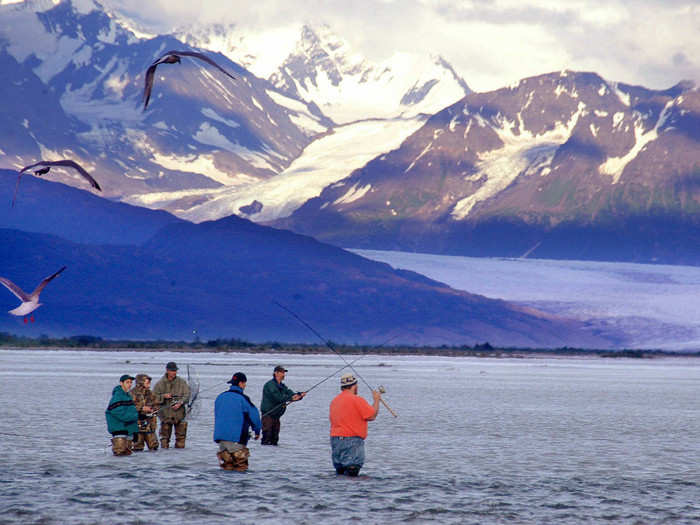
Glacial melt could impact salmon populations, because salmon breed in certain temperatures. If glaciers have melted, there will be no more icy water, resulting in streams getting warmer, which could harm their breeding patterns.
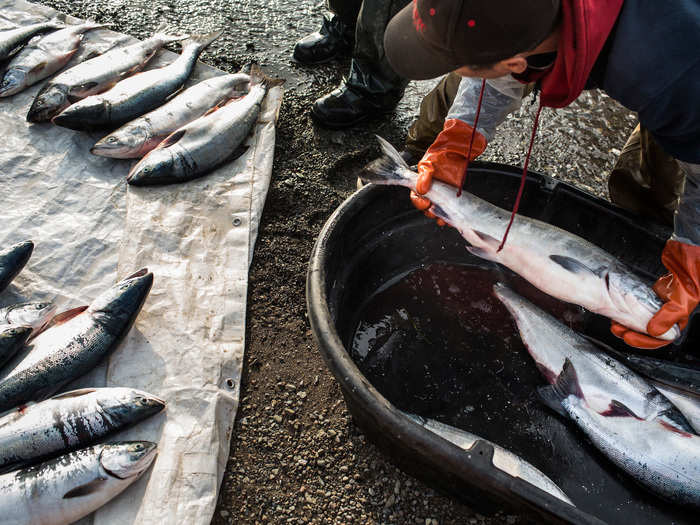
Source: The New York Times
As glaciers melt, sea levels rise. A study published in Nature in April found that glacier melt is already responsible for 30% of sea level rise. West Antarctica has some of the most threatening glaciers for rising sea levels.
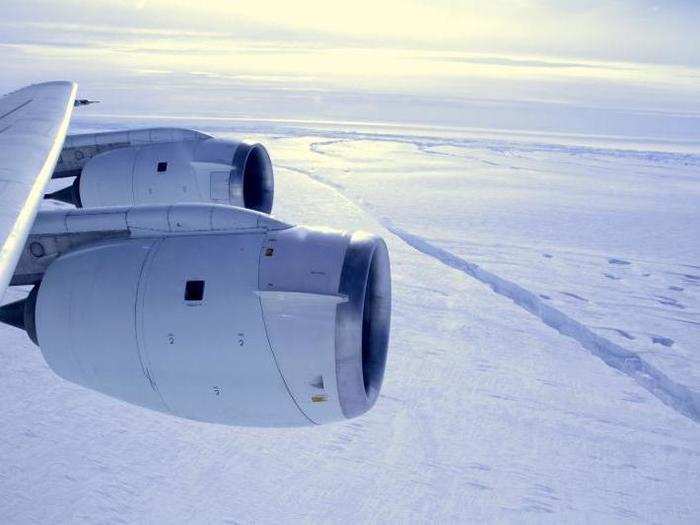
Source: Quartz
One particularly large glacier called Pine Island Glacier made headlines in 2017, when it lost a chunk of ice four times the size of Manhattan. Scientists estimate that if it melts, global seas could rise by 1.7 feet.
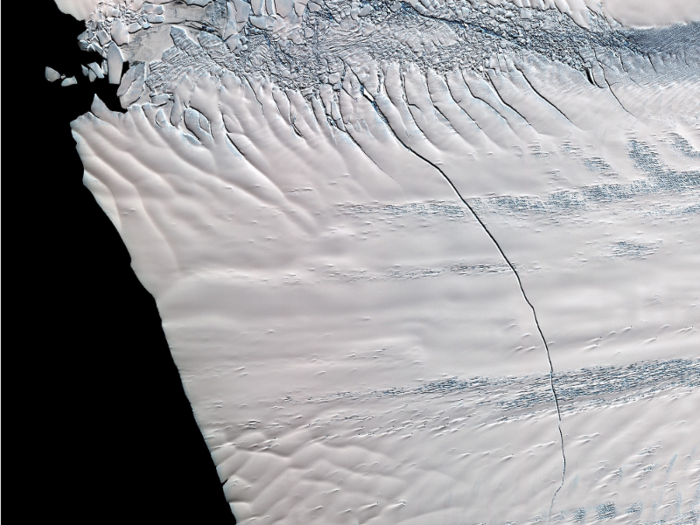
Sources: Business Insider, Washington Post
In February, a hole 6 miles long and 1,000 feet deep was discovered under Thwaites Glacier, another large Antarctic glacier, which is the same size as Florida. The hole is the equivalent to losing about 14 billion tons of ice, and showed that the glacier was being hollowed out by water, as well as shrinking.
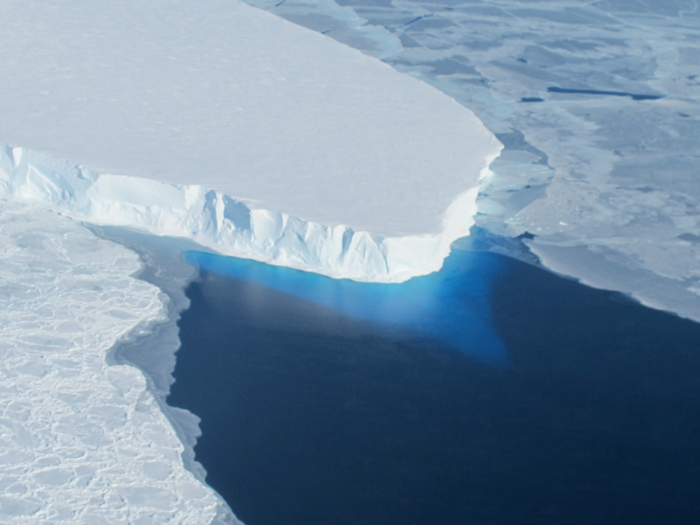
Sources: Business Insider, NBC News
It's also receding by 2,625 feet every year. Scientists estimate Thwaites could collapse within the next 100 years. When it does, sea levels around the world could rise by two feet.
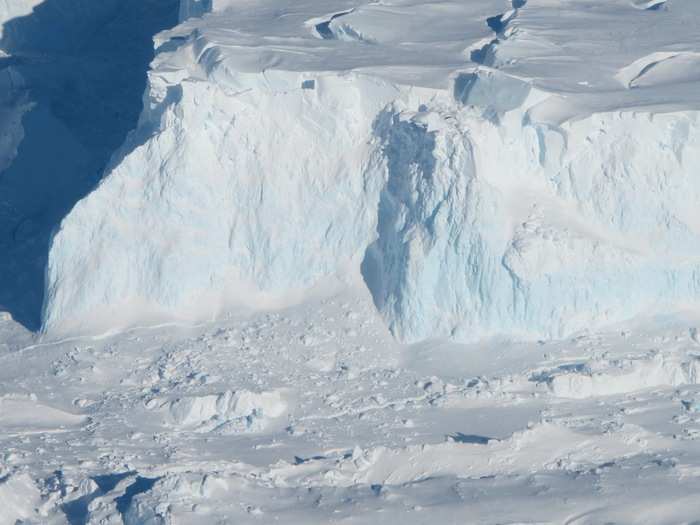
Sources: Business Insider, NBC News
Florentine said the melting could have repercussions on the land and rivers below the Himalayas, for example, where communities rely on glaciers' annual melt for crops and drinking water.
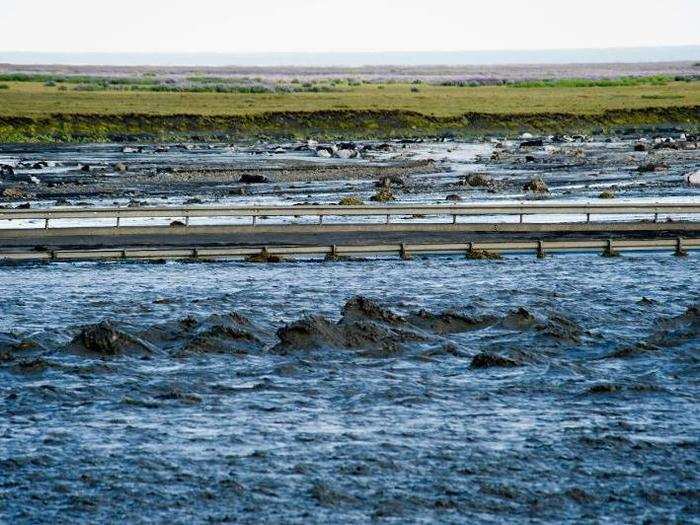
In early 2019, The Hindu Kush Himalaya Assessment, which 200 scientists worked on for five years, found that a third of Himalaya's glaciers, also known as "the third pole," were doomed, regardless of what was done to stop climate change.
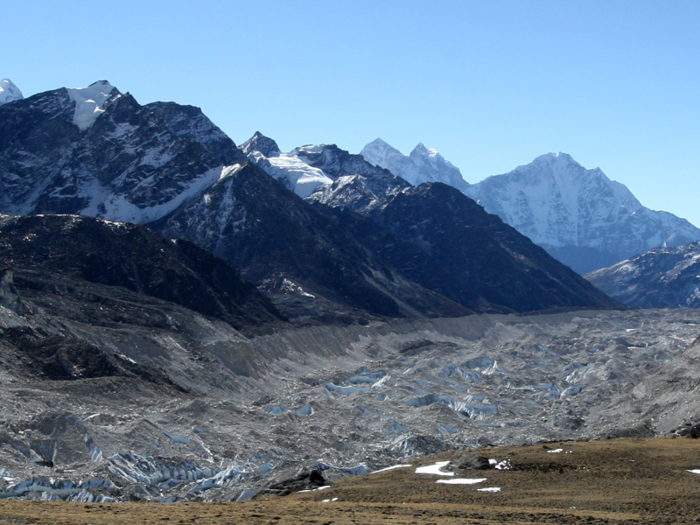
If emissions aren't cut, the report said two-thirds of the Himalayan glaciers could be lost. It's an important area, since it holds the third-most ice in the world after Antarctica and the Arctic.
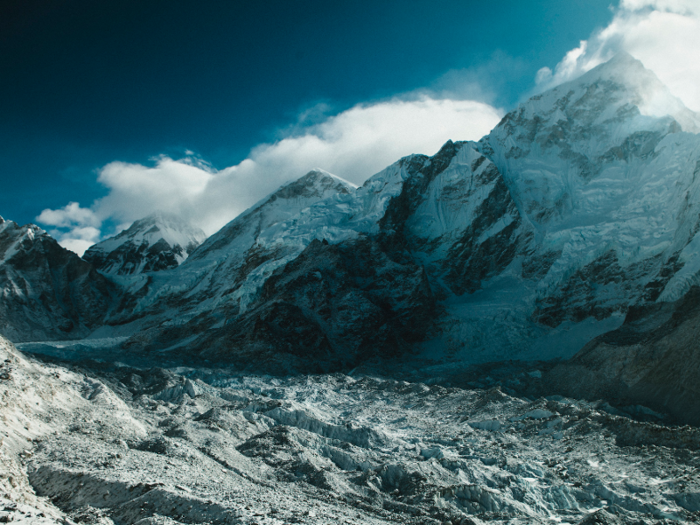
Source: The Guardian
These glaciers provide water for 250 million people who live near the mountains. Further out, another billion people rely on the rivers that flow from these mountains. When the report was released, Philippus Wester, the report's leader, called it "the climate crisis you haven't heard of."
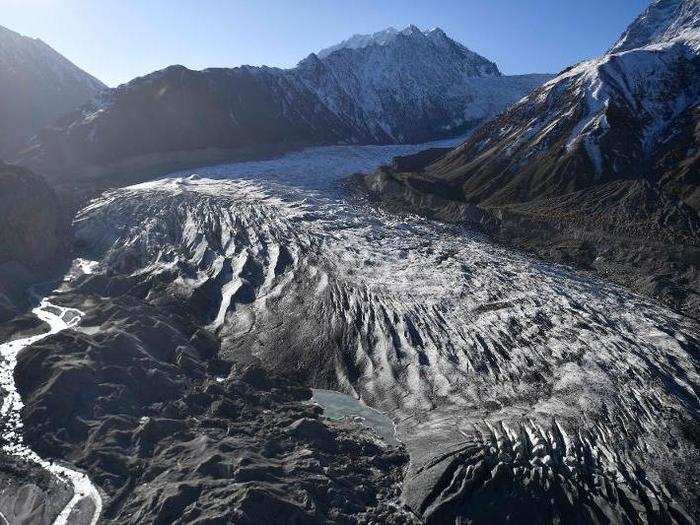
Source: The Guardian
The report said that after an initial melt and increase in water flow, possibly leading to high-altitude lakes bursting, water supplies would dry up. Communities that relied on power from hydro-dams, or farmers who relied on water for crops, would suffer. It'll be especially difficult as glaciers melt in the summer when water is in the highest demand.
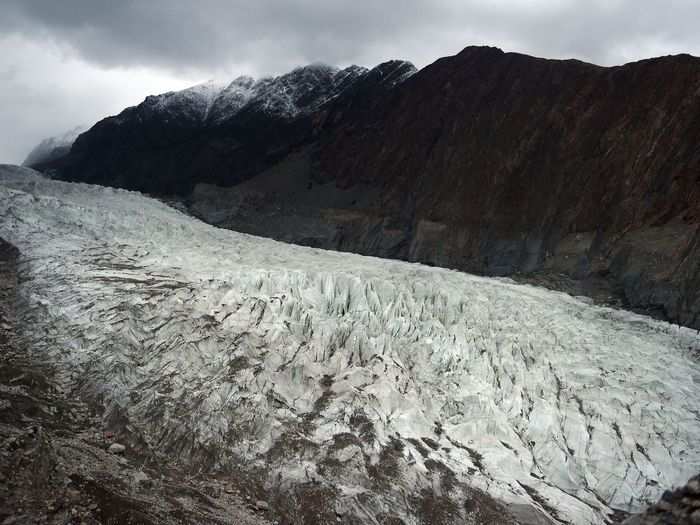
Source: The Guardian
It's not just glaciers in Antarctica and the Himalayas that are in danger of disappearing. A study published in Nature in April looked at 19,000 glaciers and concluded almost all of them were melting. The glaciers shrinking the fastest were in the US, Western Canada, central Europe, New Zealand, and the Caucasus region.
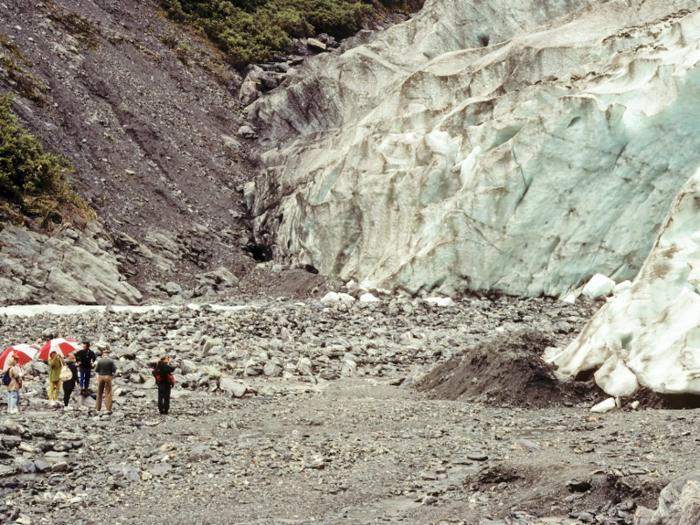
Source: Quartz
In Europe, Austria's glaciers might not be around much longer. According to scientist Andrea Fischer, who conducts Intergovernmental Panel on Climate Change research, Austria's glaciers have been disappearing faster than most.
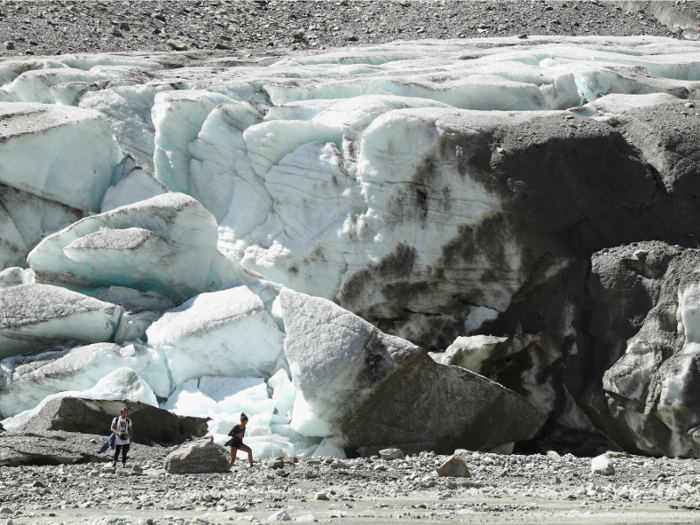
Source: Yahoo News
Pasterze Glacier, the country's largest, has been thinning by about 3 feet every year. Glaciologist Anton Neureiter told DW he didn't even need his equipment to notice the melt.
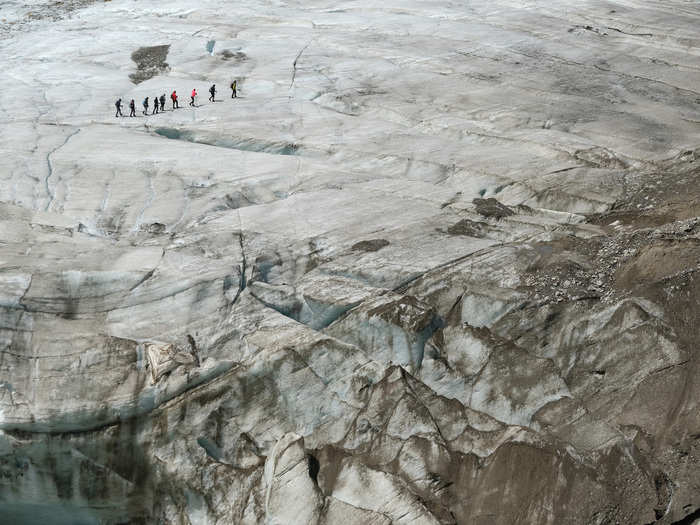
Source: DW
"It's so tangible. You can see the changes from year to year, even month to month, every time you visit the glacier," Neureiter told DW. "This glacier is dying. It's falling apart."
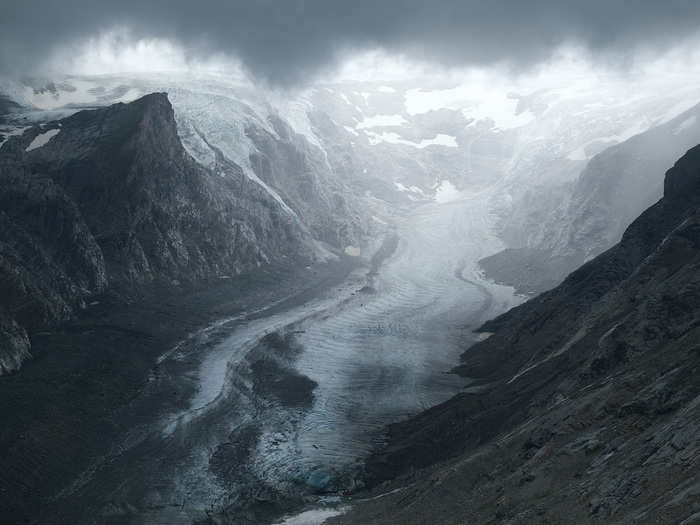
Source: DW
Greenland's Helheim Glacier, named after Norse mythology's realm of the dead, is as tall as the Statue of Liberty. It's losing tens of meters of ice every day. In 2017, the glacier lost two miles of ice.
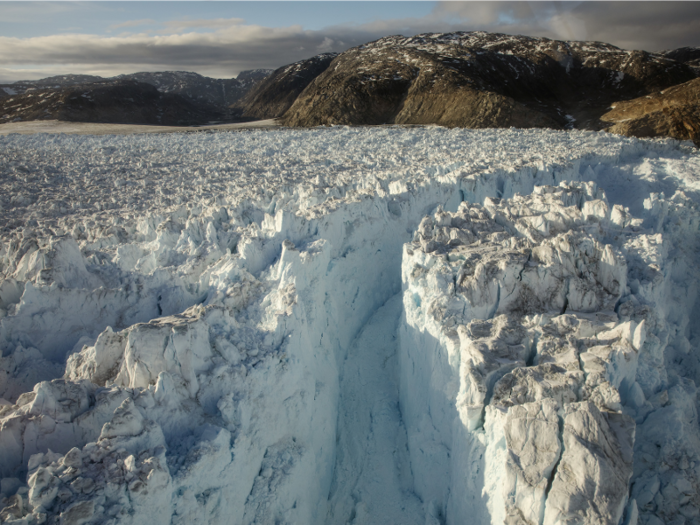
Source: CNN
But it's still so large, the AP's Seth Borenstein wrote, that the only way to get any idea of its scale is by seeing a helicopter dwarfed by the icy landscape.
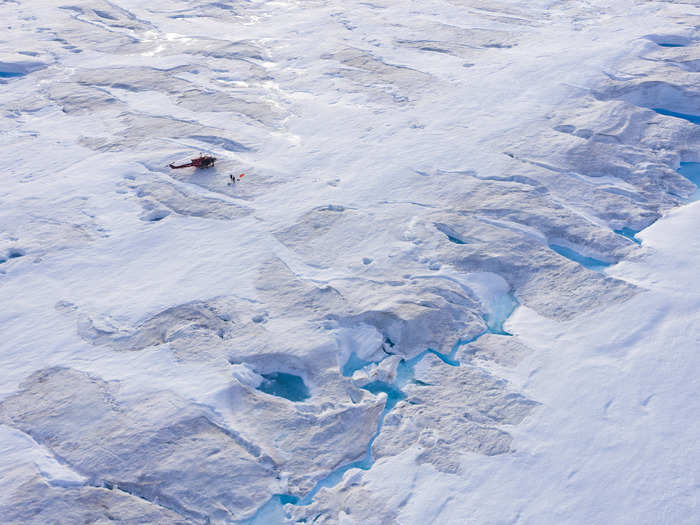
Source: Los Angeles Times
In Greenland, Eqip Sermia Glacier loses ice from calving every year, which is not unusual, but it's also retreated nearly 2 miles over the last century.
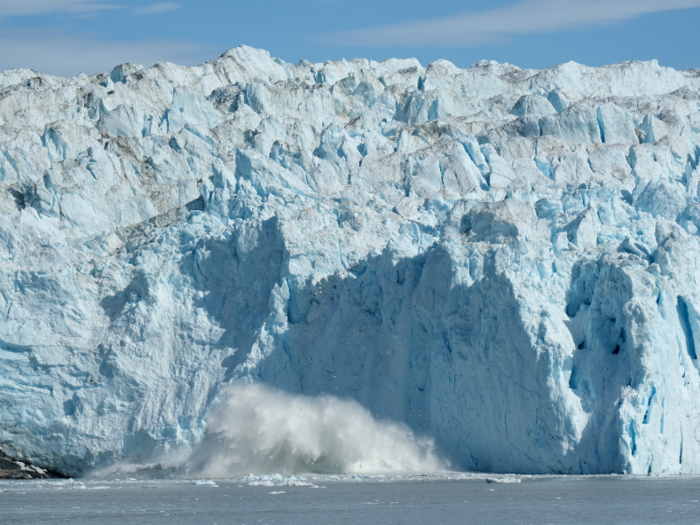
Source: The Atlantic
In Kazakhstan, above the city of Almaty, the Tuyuksu Glacier, which is about 1.5 miles long, is "melting like mad", The New York Times reported in January 2019. It's lost over half a mile, or a third of itself, in 60 years.
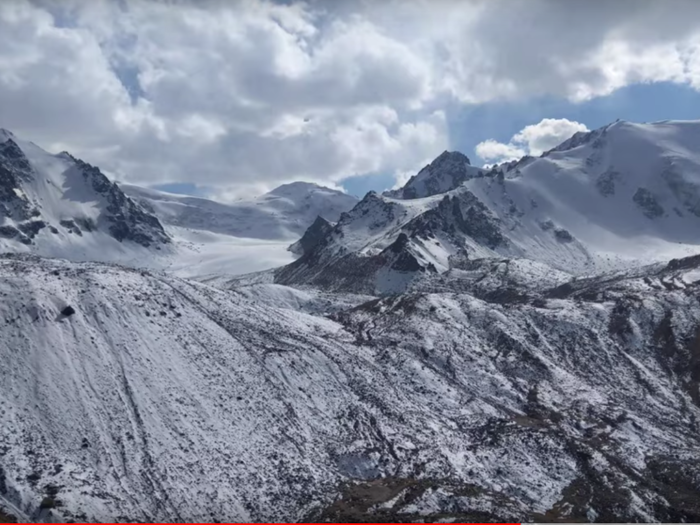
Source: The New York Times
In China, the Laohugou Glacier had all of its tourism facilities removed in 2017, because it had sunk by 1,300 feet in the last 60 years.
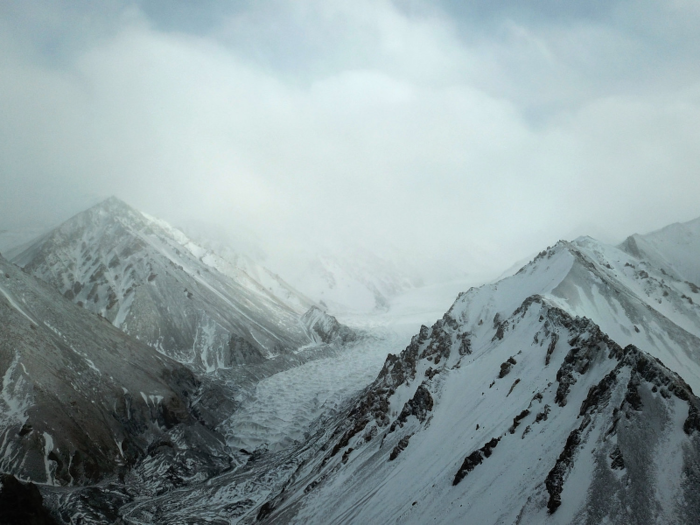
Source: Xinhua Net
Elsewhere in China, scientists say the Baishui Glacier, on the Jade Dragon Snow Mountain, is one of the fastest melting glaciers in the world, due to climate change and the mountain's location near the equator. It's lost 60% of its mass and shrunk by 820 feet since 1982.
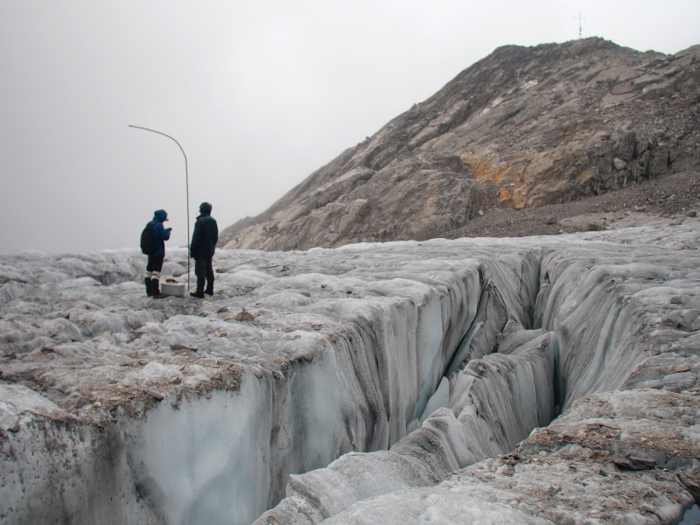
Source: The Japan Times
In Canada, massive glaciers on the Saint Elias mountains, which go across Yukon, Alaska, and British Columbia, are losing ice faster than anywhere else in the country. Between 1957 and 2007, the range lost 22% of its ice.
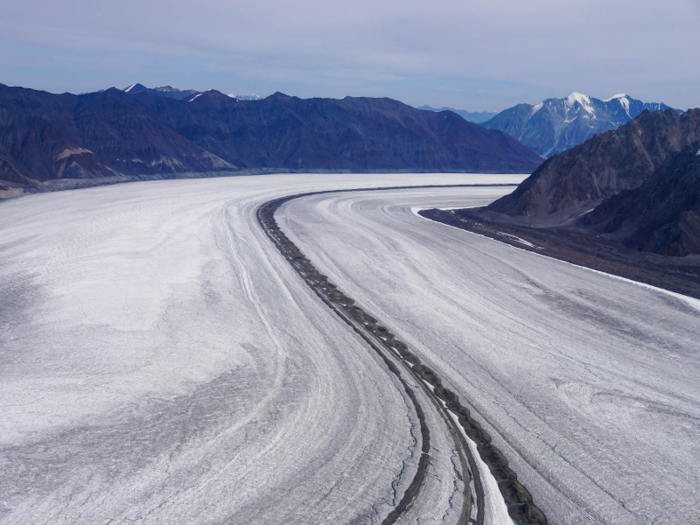
Source: The Guardian
If things continue the way they're going, smaller glaciers in warmer locations will struggle to make it to the end of the century, Pelto told Business Insider. "The actual science is depressing. The results do get to you emotionally."
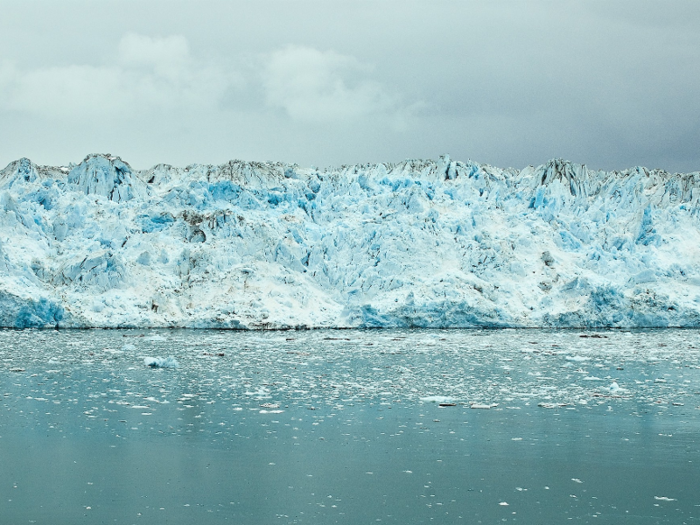
But he also said the problem was getting a lot more attention. "If you look back to the 1980s, you could tell the names of every scientist, but now there are so many. And that's been uplifting, training the next generation of scientists."
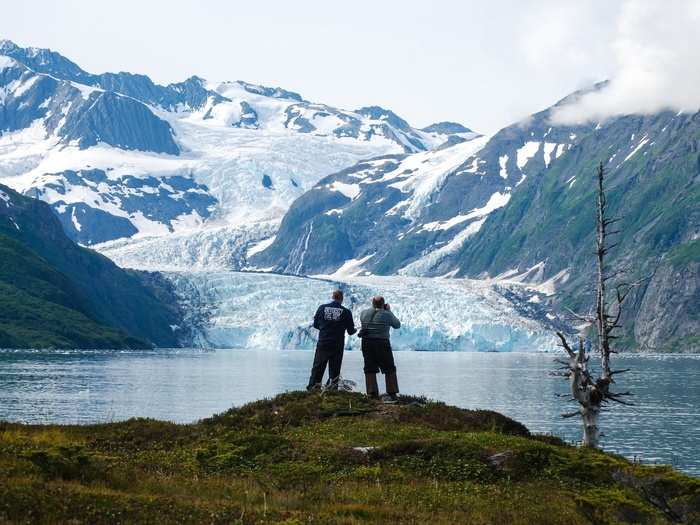
Pelto said he still had hope. "Glaciers are bigger than people think, and they're really slow to get rid of."
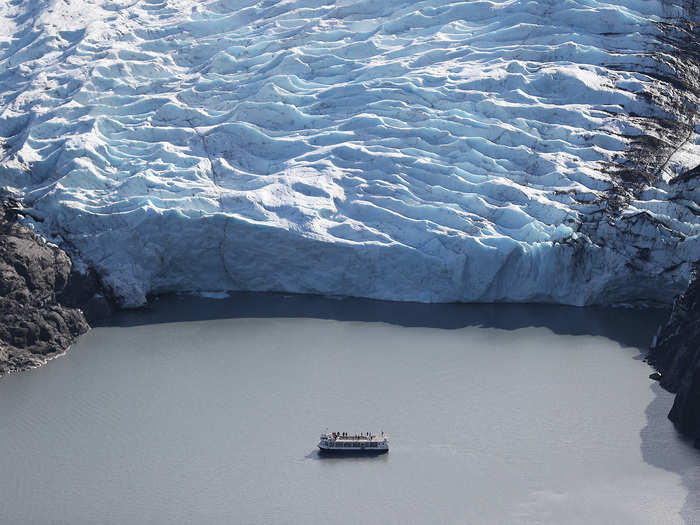
Popular Right Now
Popular Keywords
Advertisement